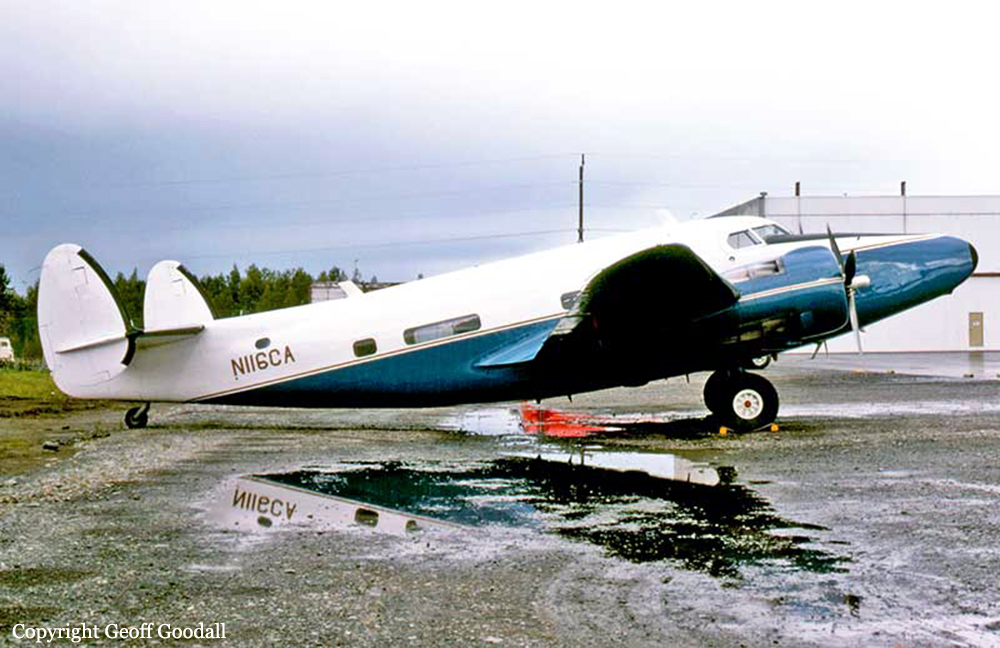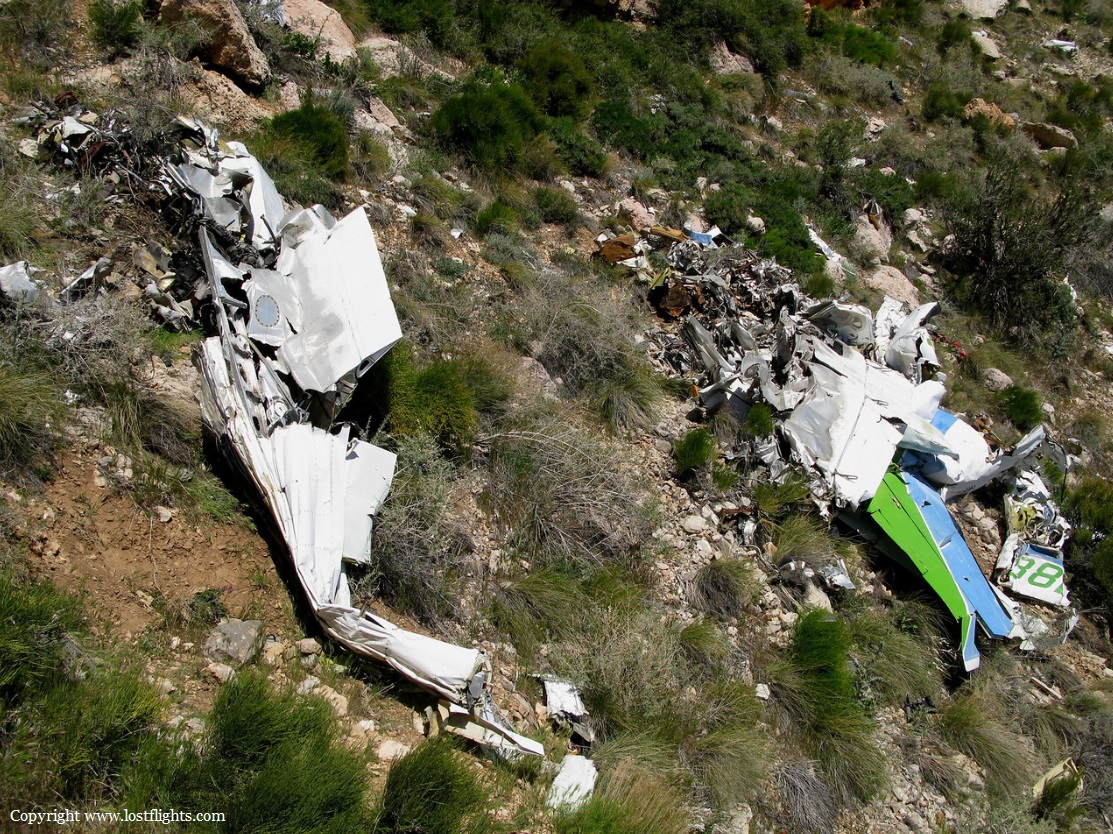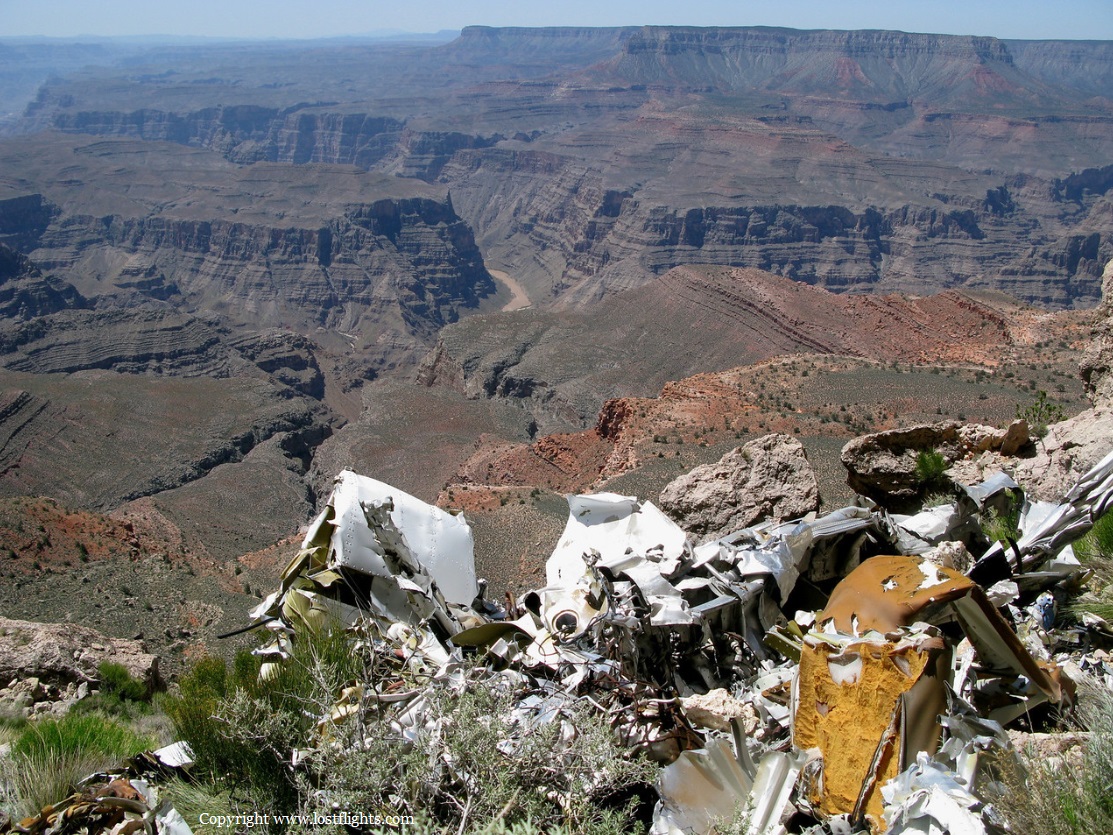Crash of a Piper PA-31-350 Navajo Chieftain in Fort Smith
Date & Time:
Sep 2, 1983 at 2101 LT
Registration:
N3594G
Survivors:
Yes
Schedule:
Laredo - Brinkley - Fort Smith
MSN:
31-8052089
YOM:
1980
Crew on board:
1
Crew fatalities:
Pax on board:
1
Pax fatalities:
Other fatalities:
Total fatalities:
0
Captain / Total hours on type:
724.00
Aircraft flight hours:
1308
Circumstances:
The aircraft had departed Laredo, TX, on a flight to Fort Smith, AR, with an intermediate stop at Brinkley, AR. The fuel tanks were 'topped' at Laredo, but no fuel was added at Brinkley. During arrival at Fort Smith, the pilot declared an emergency for 'extremely low fuel.' He was cleared for a straight-in approach. Very shortly after that, both engines began running rough with both fuel boost pump lights illuminated. The pilot informed the tower that he would not be able to reach the airport. He selected a dark unpopulated area to land and extended the gear. When he turned on the landing lights, he realize he had selected a wooded area. The aircraft was destroyed after impacting trees. The pilot had begun the first of six flights at 0608 cdt and had gotten very little sleep the preceding night. Both occupants were seriously injured.
Probable cause:
Occurrence #1: loss of engine power(total) - nonmechanical
Phase of operation: approach - VFR pattern - final approach
Findings
1. (c) aircraft preflight - inadequate - pilot in command
2. (c) fluid, fuel - exhaustion
3. (c) fuel supply - inadequate - pilot in command
4. Aircraft performance,two or more engines - inoperative
----------
Occurrence #2: forced landing
Phase of operation: landing
----------
Occurrence #3: in flight collision with object
Phase of operation: landing - flare/touchdown
Findings
5. (f) light condition - dark night
6. (f) object - tree(s)
Phase of operation: approach - VFR pattern - final approach
Findings
1. (c) aircraft preflight - inadequate - pilot in command
2. (c) fluid, fuel - exhaustion
3. (c) fuel supply - inadequate - pilot in command
4. Aircraft performance,two or more engines - inoperative
----------
Occurrence #2: forced landing
Phase of operation: landing
----------
Occurrence #3: in flight collision with object
Phase of operation: landing - flare/touchdown
Findings
5. (f) light condition - dark night
6. (f) object - tree(s)
Final Report:









